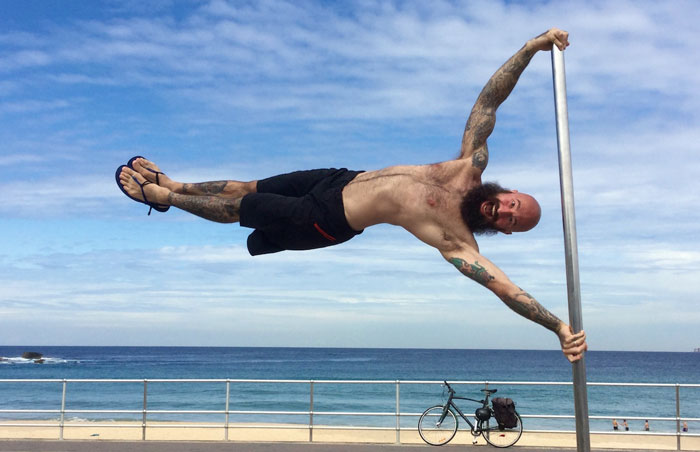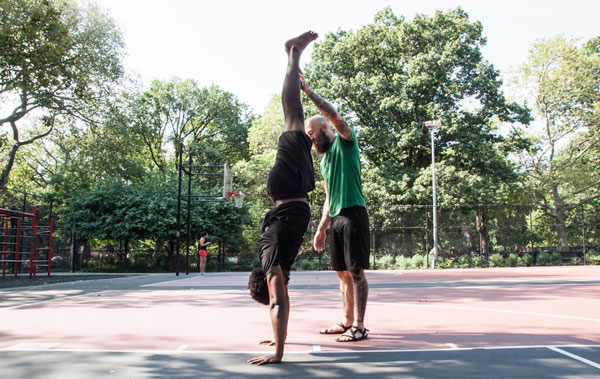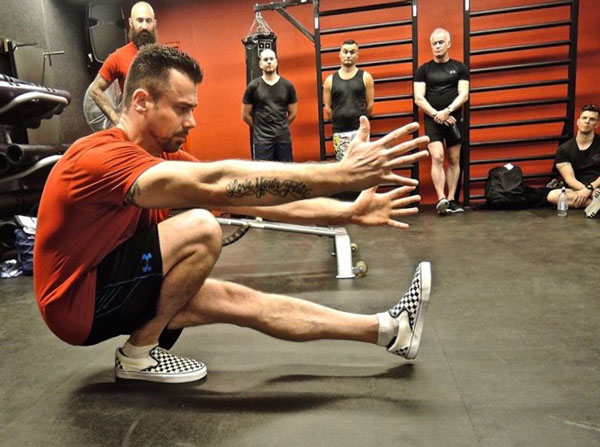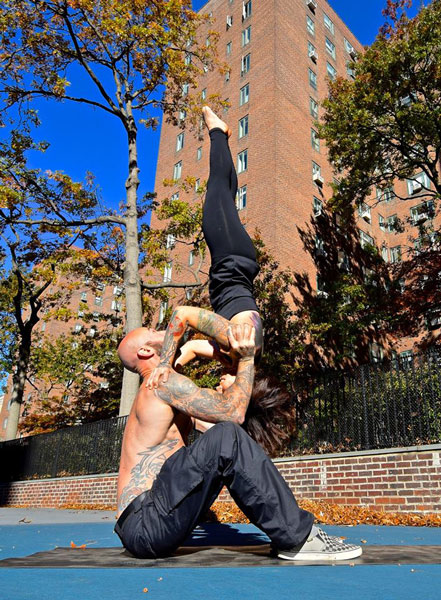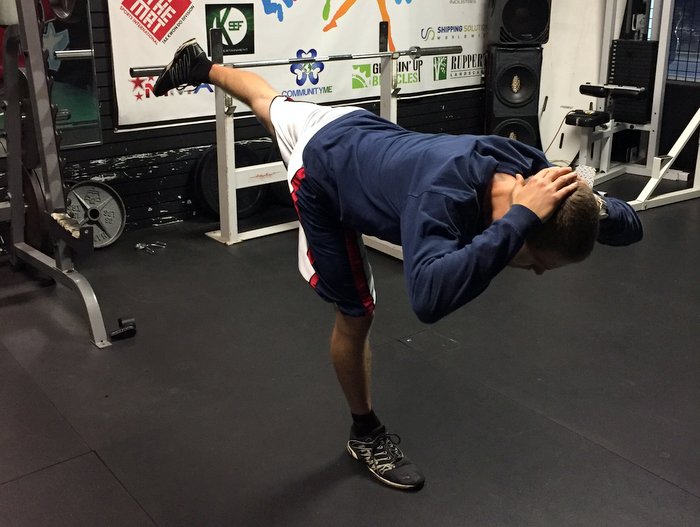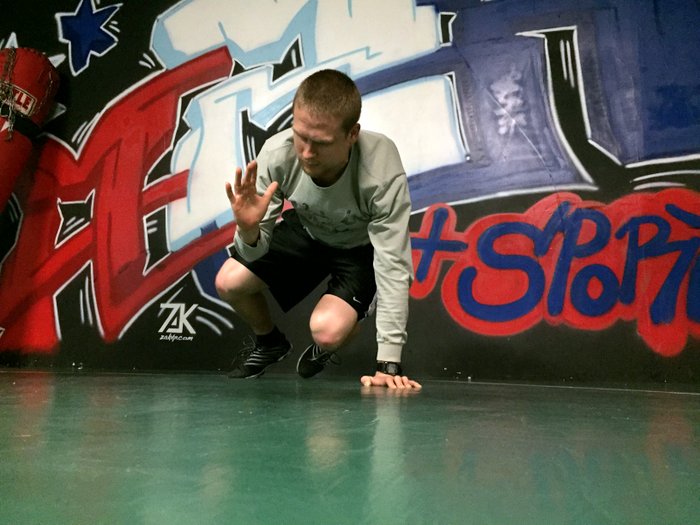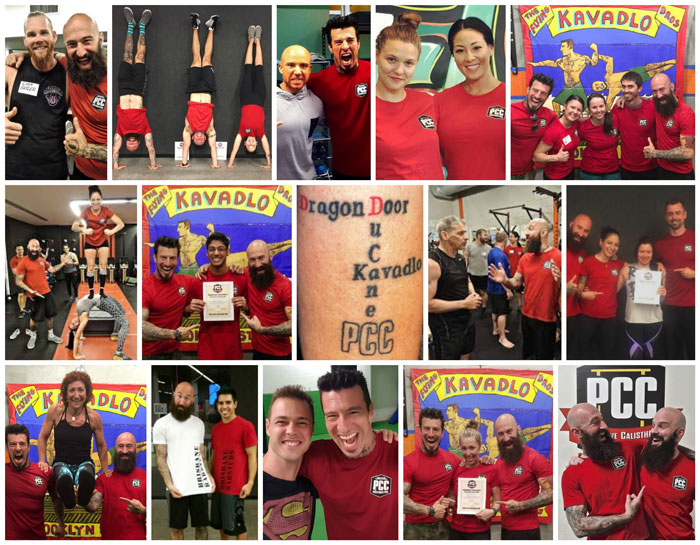
With 2016 coming to an end, it’s been almost 4 years since the inception of the Progressive Calisthenics Certification, and it continues to be an amazing ride. This year the PCC visited China, Australia, Germany, Holland, and The UK, in addition to traveling across the United States. We certified hundreds of new PCC instructors and reached so many more people through this blog. As we head into 2017, the world’s #1 bodyweight strength training certification is still going strong!
As lead instructor for the PCC, I personally select and edit every post that we run here on the PCC blog, so I am intimately familiar with all of the content we’ve shared since the beginning.
Here are my top ten PCC blog posts from 2016, in no particular order:
– The O.G. of PCC himself, “Coach” Paul Wade, analyzed bodybuilders’ muscular development over several decades in an attempt to determine how much muscle mass you can really gain without steroids.
– My PCC co-lead instructor Danny Kavadlo shared this humorous and introspective post about questioning one’s own body of knowledge.
– PCC Instructor Robby Taylor’s article on calisthenics neck training helped me take my calisthenics training to the “necks” level.
– PCC Team Leader Matt Schifferle’s “Centerline Principle” is a great piece of exercise theory that you can apply to your workouts right away.
– Senior PCC Adrienne Harvey shared this helpful article on improving your hand and grip strength with calisthenics.
– PCC Instructor Brad Sadler’s Workout Tips For Busy Professionals are perfect for anyone who has a hard time fitting their workouts in around a hectic schedule.
– PCC Team Leader Matt Beecroft’s tips for learning the freestanding handstand are sure to help you progress with your hand-balancing practice.
– PCC Instructor Benji Williford shared three of his most inspiring clients’ motivational stories about how calisthenics played a role in overcoming breast cancer.
– PCC Team Leader Grace Kavadlo broke down the PCC approach to the bodyweight row, aka the Australian pull-up.
– I wrote several articles for the blog myself this year, but my ten minute bodyweight squat challenge got more likes and comments than any of the others that I wrote, so it must be my best.
Thanks to all of you who read this blog and support the PCC movement. I can’t wait to see what next year has in store for the PCC and the entire bodyweight strength training community. Let me know what your favorite posts were from this year in the comments below.
I hope to see you at the PCC in 2017!
We’re Working Out!
Al
****
Al Kavadlo is the lead instructor for Dragon Door’s Progressive Calisthenics Certification and the author of several best-selling books, including Street Workout and Pushing The Limits. For more information visit www.AlKavadlo.com.
